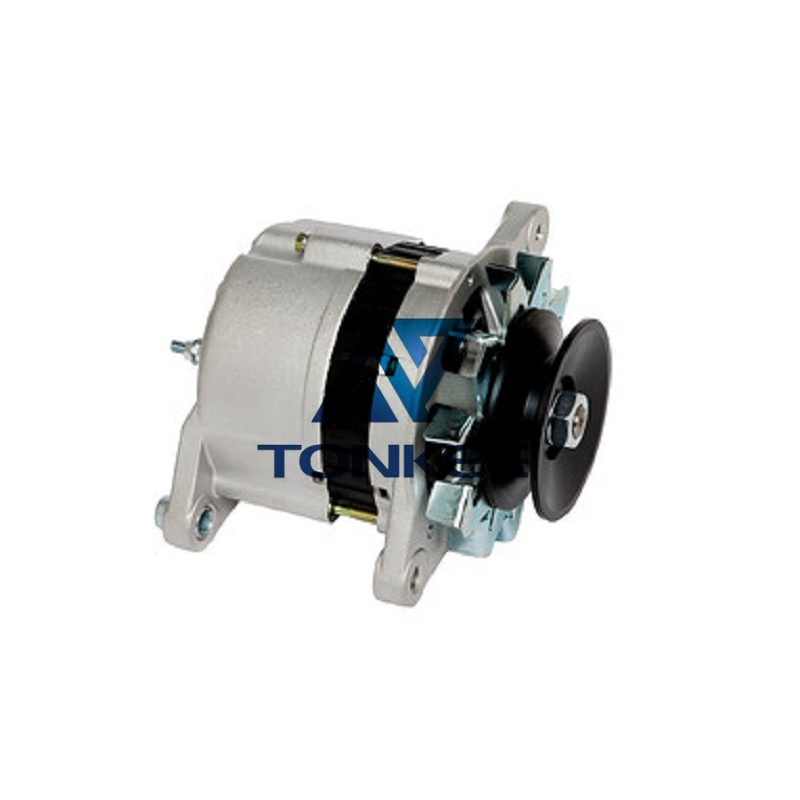
The primary function of a Hitachi alternator is to convert mechanical energy from the engine into electrical energy.
This process is accomplished through the principle of electromagnetic induction. When the engine is running, it turns a pulley connected to the alternator. As the pulley spins, it rotates a set of windings within the alternator's stator, creating a magnetic field. This magnetic field induces an electrical current in the alternator's rotor, ultimately generating electrical power.
Voltage Output:
Hitachi alternators typically produce an alternating current (AC), which is then rectified into direct current (DC) by internal diodes. The alternator's voltage output is critical, as it needs to be sufficient to charge the vehicle's battery and supply power to various electrical components. Common voltage outputs for automotive alternators are 12 volts, although some vehicles, like trucks and larger commercial vehicles, may use 24-volt systems.
Amperage Rating:
The alternator's amperage rating determines how much electrical current it can produce at a given voltage. Higher amperage ratings are desirable, as they can supply more power for charging the battery and operating electrical accessories. Typical alternators for passenger vehicles may have amperage ratings ranging from 70 to 150 amps, while larger vehicles may require alternators with even higher ratings.
Regulator:
Hitachi alternators are equipped with a built-in voltage regulator that controls the alternator's output voltage. The regulator ensures that the voltage remains within a specified range, typically around 13.5 to 14.5 volts for a 12-volt system. This prevents overcharging of the battery and protects sensitive electronic components from voltage spikes.
Mounting Configuration:
Alternators can have various mounting configurations to fit different engine layouts and vehicle designs. Some are mounted on the top of the engine, while others are mounted on the bottom. The specific mounting configuration of a Hitachi alternator may vary depending on the vehicle make and model.
Cooling System:
To prevent overheating, Hitachi alternators are equipped with a cooling system, which often includes a fan and heat sinks.
This system helps dissipate heat generated during the electrical generation process. Proper cooling is essential for the alternator's longevity and efficiency.
Belt Drive:
Hitachi alternators are connected to the engine's crankshaft via a belt and pulley system. The belt drive system ensures that the alternator spins whenever the engine is running, allowing it to generate electricity consistently.
Durability and Reliability:
Hitachi is known for producing high-quality alternators that are durable and reliable. These alternators are designed to withstand the rigors of daily use and provide years of trouble-free service. They are often chosen by automotive manufacturers for their reliability.
Compatibility:
When replacing an alternator without a plug, it's essential to ensure compatibility with the vehicle's wiring harness. The absence of a plug means that the alternator's wires will need to be connected directly to the vehicle's electrical system, and it must match the vehicle's voltage and amperage requirements.


